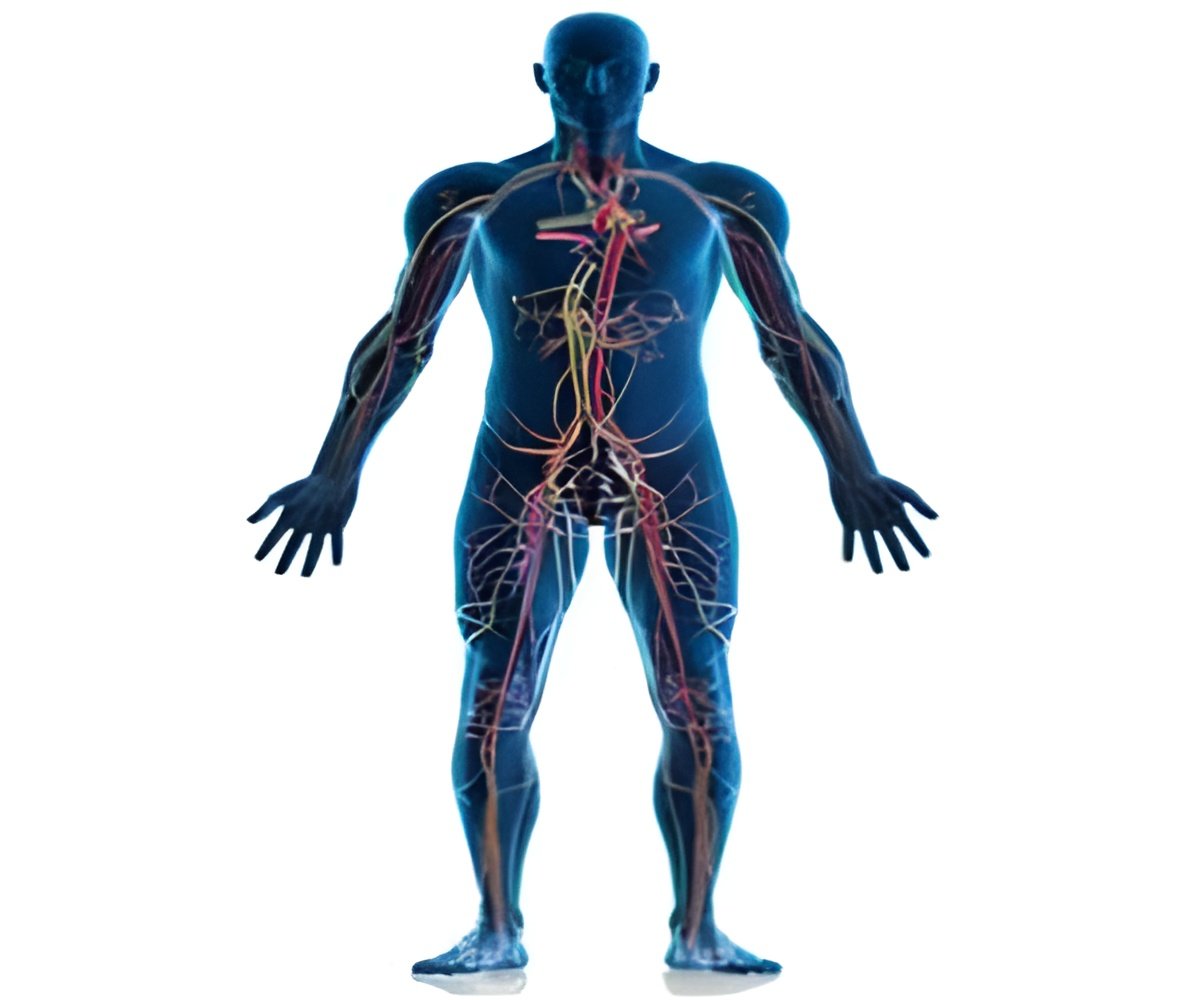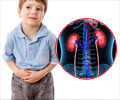
The method is based on laser direct writing, which enables the fabrication of complex structures from computer files via the use of CAD/CAM (computer aided design/manufacturing), and has allowed the research team to manufacture NGCs with designs that are far more advanced than previously possible.
Currently patients with severe traumatic nerve damage suffer a devastating loss of sensation and/or movement in the affected limb.
The traditional course of action, where possible, is to surgically suture or graft the nerve endings together. However, reconstructive surgery often does not result in complete recovery.
"When nerves in the arms or legs are injured they have the ability to re-grow, unlike in the spinal cord; however, they need assistance to do this," said University of Sheffield Professor of Bioengineering, John Haycock.
"We are designing scaffold implants that can bridge an injury site and provide a range of physical and chemical cues for stimulating this regrowth," he stated.
Advertisement
"Nerves aren't just like one long cable, they're made up of lots of small cables, similar to how an electrical wire is constructed," said lead author Dr Frederik Claeyssens, of the University's Department of Materials Science and Engineering.
Advertisement
Once the nerve is fully regrown, the conduit biodegrades naturally.
The team hopes that this approach will significantly increase recovery for a wide range of peripheral nerve injuries.
In laboratory experiments, nerve cells added to the polymer conduit grew naturally within its channelled structure and the research team is now working towards clinical trials.
"If successful we anticipate these scaffolds will not just be applicable to peripheral nerve injury, but could also be developed for other types of nerve damage too. The technique of laser direct writing may ultimately allow production of scaffolds that could help in the treatment of spinal cord injury," said Dr Claeyssens.
"What's exciting about this work is that not only have we designed a new method for making nerve guide scaffolds which support nerve growth, we've also developed a method of easily reproducing them through micromolding. This technology could make a huge difference to patients suffering severe nerve damage," he added.
The new technique was described in the journal Biofabrication.
Source-ANI









